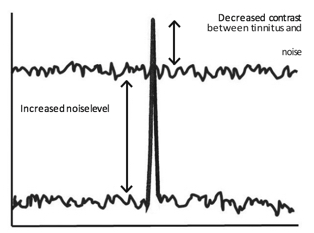Purpose
This article introduces concepts and a general taxonomy used by the educational data mining (EDM) community, as well as examples of their applications, with the aims of providing audiology educators with a referential basis for developing this area.
Method
A narrative review was carried out to present an overview of EDM and its main methods. Some of these methods were exemplified with analysis of real data from an Internet-based specialization course on pediatric auditory rehabilitation.
Results
The review introduced EDM main concepts and applications and described methods from its area. Real data examples illustrated EDM use to predict interpersonal help-seeking, model interpersonal interaction, analyze students' trajectories within a course's module, and understand how students approached group assignments. Some of the insights provided by EDM to support teaching and learning processes were also described.
Conclusions
EDM methods offer new tools to discover knowledge from digital traces (i.e., logs) and support key stakeholders (students, instructors, or course administrators) to raise awareness about course dynamics. This approach has the potential to foster a better understanding and management of educational processes in audiology distance education.from #Audiology via ola Kala on Inoreader https://ift.tt/2QaXHfu
via IFTTT


